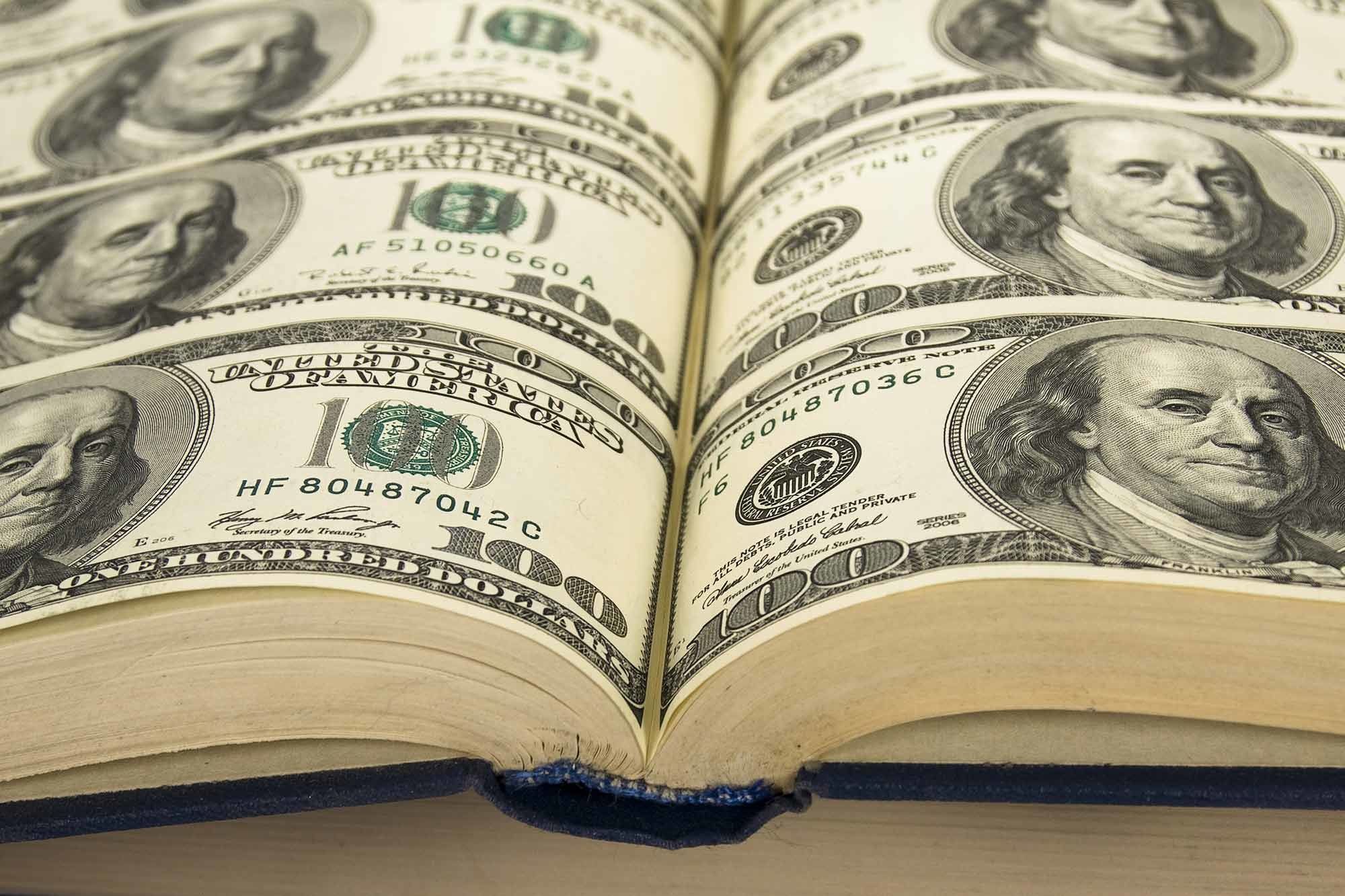Looking out onto the landscape of 2020, we see the makings of a historic year–but not in the best ways. Natural disasters like bushfires, earthquakes, and hurricanes are becoming more common and worsening in intensity, and the divide between the rich and the poor keeps growing. In fact, over 38 million Americans live in poverty. But before we can discuss how to rectify the problem (let alone who's to blame for the institutional failures), we as a culture have a weak understanding of what poverty entails. Some critics mock millennials for not being able to afford iced coffee and avocado toast, while in actuality they're the poorest generation since World War II, having felt the financial strains of a recession and inflation. Meanwhile, elderly boomers are facing dire circumstances as they're looking to retire amidst an economy that can't sustain them.
The problem, of course, is that unless you've been young and coming-of-age under the weight of the economy's institutional failures and also entered the twilight of your life to find your savings unsustainable for modern living, you don't know what those experiences are like.
So before we engage in our next argument about the state of the world, let's enlighten ourselves with these books that illuminate the truth about poverty.
Betty Smith's "A Tree Grows in Brooklyn" (1943)
Betty Smith based her iconic coming-of-age novel on her own experiences growing up in a poor Williamsburg neighborhood. The protagonist's struggles are punctuated with alternating tenderness and bitterness, turning Smith's novel into an American classic.
▲Ayn Rand, "We the Living" (1936)
Rand called the novella the closest thing to an autobiography she would ever write. Three young people struggle to survive after the Russian Revolution, stripped of material means beyond what little is provided by the totalitarian state.
▲NoViolet Bulawayo, "We Need New Names" (2013)
Darling, a 10-year-old girl, lost her home and stability in Zimbabwe when paramilitary policemen destroyed her community. She dreams of living with her aunt in America, where she believes she'll find opportunities to recast her lot. Unfortunately, when she manages to arrive she's met with harder circumstances than she expected.
▲George Orwell, "A Clergyman's Daughter" (1935)
Even though Orwell is known for his critiques of totalitarian states, 1984 and Animal Farm, A Clergyman's Daughter captures a woman's every day existence, not as a resistance fighter but an average daughter trying to survive in the midst of 1930s Depression England. Her tortured internal monologue while she makes daily calculations and sacrifices in order to survive is just as haunting as 1984's police state. (Orwell's memoir Down and Out in Paris in London is even more striking in its look at destitution and survival).
▲Upton Sinclair, "The Jungle" (1906)
The turn of the twentieth century brought the perils of industrialization and unprecedented abuses of labor. Sinclair's classic novel is unsparing in its depiction of immigrant workers' suffering in the meat packing industry; it's a required read for all Americans who compulsively order from Amazon and other companies that continue to industrialize society at great human costs.
▲Charles Dickens, "Hard Times" (1854)
Another obvious classic, Charles Dickens' tenth novel is about the educational and emotional fallout from prioritizing profits and prestige above humans' well-being. Though it was revolutionary in its time for deeply humanizing the poor, today it's a classic satire that mocks our society's pressures to optimize at all costs.
▲Dorothy Allison, "Bastard Out of Carolina" (1992)
A poignant and deeply unsettling read, Allison's semi-autographical novel portrays the instability that can rock a child's upbringing when raised in poverty. A young girl is raised by her single mother in the American South only to suffer severe abuse from her mother's wealthy boyfriend (warnings for sexual assault of a child).
▲- 17 books that will change your perspective about poverty this year ... ›
- An Essential Novel About Poverty, Bigotry, and Sexual Abuse ... ›
- Poverty - Fiction, Politics & Social Issues - Fiction, Books | Barnes ... ›
- 18 books that will change your perspective about poverty | Oxfam ›
- Ten novels describing what grinding poverty is really about | Michael ... ›
- Novels About Poverty ›
- 50 Best Books On Poverty – Best MSW Programs ›
